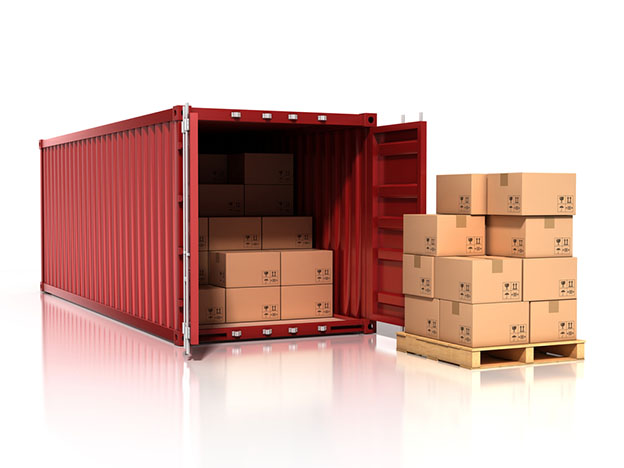
Source: Golden Sikorka/Shutterstock.com
There are so many variables to consider when shipping internationally, especially when you’re trying to keep your costs as low as possible. From one-time shipments to everyday packages, learn how to reduce your costs without putting your products at risk. There’s no point in spending all this money just to have your goods arrive overseas broken or damaged.
Choosing a Logistics Provider
The first decision you’ll have to make is which company to hire to deliver your package. Unless you’re a small business with customers all over the world, many of us will use local shipping companies like FedEx, USPS or UPS. It’s important to note the U.S. Postal Service has some of the lowest rates in the industry, while shipping to over 180 countries. So if you’re looking to save money, that’s usually the best place to start.
Order a Food Grade IBC Tote Today!
However, USPS can be lacking when it comes to customer service. Recent structural changes at the organization may lead to service delays. They can also lose the occasional package from time to time, so keep that in mind as well. If you’re looking for real-time tracking with reliable results, consider going with UPS or FedEx instead.

Source: koya979/Shutterstock.com
Choosing a Container
Now, let’s look at storing the item in question. Many consumers will use the cardboard boxes hanging from the rack at the local UPS office, but these materials can be overpriced without offering the protection your goods deserve.
- Go in Bulk
Ordering Cheap Wire Baskets in Bulk Saves You Money!
When shipping large quantities of goods, use a food grade IBC tote to safely ship food and beverage items. You can store hundreds of gallons of inventory to reduce your costs. Shipping one large container is almost always cheaper than shipping dozens of smaller boxes or bottles. The IBC tote comes with an attached pallet for more peace of mind.
- Reduce the Weight (Without Putting Your Goods at Risk)
It’s best to reduce the weight of the container as much as possible without damaging your products in the process. Most companies will charge based on the weight of the package and its overall dimensions.
Plastic is a great choice when shipping internationally. It’s much lighter than wood, metal and other types of materials. Look for lightweight plastic pallets and totes that won’t increase the overall weight of your shipment. Try to strike the right balance between durability and affordability. If you go with a cardboard box to save money, your products could arrive damaged–or worse, soaking wet. Plastic totes and bulk containers are waterproof, so your products arrive safe and sound.
Utilize reusable containers whenever possible to reduce your packaging costs and impact on the environment. It’s one of the many ways companies are decarbonizing the international shipping industry.
Wire baskets can also save you money. They require less materials than full containers, which keeps the overall weight of the package low. Shop for cheap wire baskets in bulk to reduce your costs even more.
- Reduce the Size
Find a container that’s as close in size to your products as possible so you don’t pay extra for empty space. Use foam inserts and other low-cost materials to stop your goods from moving around inside the container. Consider ordering a custom crate or container if it will save you more money in the long-term.

Source: Siwakorn1933/Shutterstock.com
- Attach a Pallet
It’s always best to have a pallet attached to the container when shipping overseas. Some may prefer using a skid over a full pallet, as the skid tends to be lighter, but pallets usually provide additional support and stability. Learn what a skid is in shipping before choosing between the two.
Be aware of surcharges and additional fees. Some logistics companies may tack on additional charges if your packages haven’t been prepared for shipment.
Make sure you palletize all your goods before sending them on their way. The container should extend past the dimensions of the pallet. Inspect your pallets before inserting them under your products. Wood pallets can easily break apart and chip over time. If your pallets are uneven or wobbly, the company may replace it with a new plastic pallet, leaving you with a higher bill.
Keep the weight towards the bottom of the container so it doesn’t tip over during transit. The weight should also be distributed evenly for safe, efficient handling. Label the contents clearly to avoid any confusion on the loading dock.
As you can see, shipping internationally can easily cost a fortune, or end in disaster if you use the wrong container. Use this list to reduce your costs and make sure your valuables are safe for the long road ahead.
